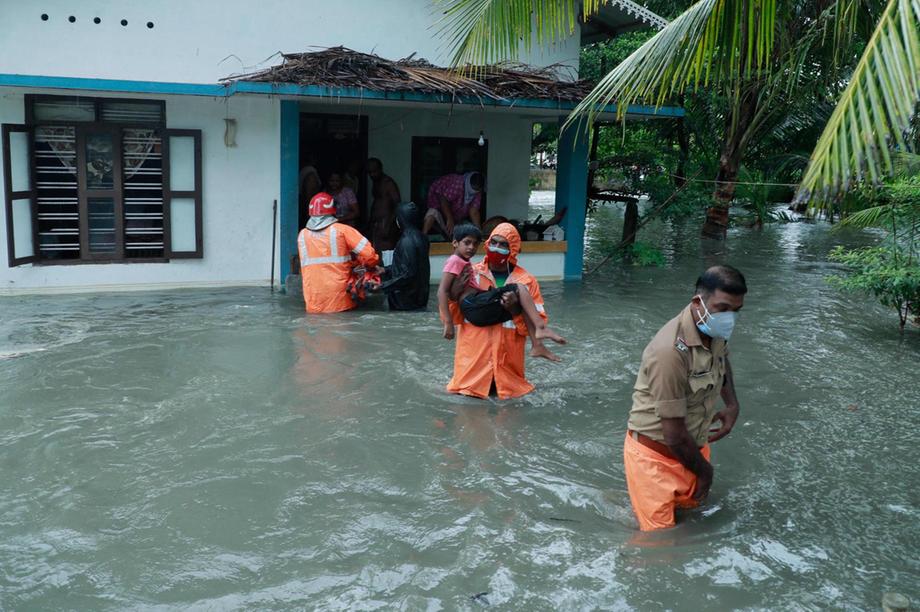Mumbai, 18 May. Climate change plays a vital role for all previous 4 storms Tropical cyclones will form quicker and become more frequent in the Arabian Sea because of climate change, an expert said as India braces for cyclone Tauktae. Authorities in north-western India, where heavy rains have fallen, moved tens of thousands of people out of low-lying areas in preparation for Tauktae, which is packing winds of more than 200 kilometres an hour. The full force of the storm is likely to be felt in the state of Gujarat after at least a dozen people were killed when Tauktae skirted the coast farther south, damaging scores of houses. Its development in the Arabian Sea highlighted an increasing rate of cyclone formation in the area, a trend that could cause more death and destruction in years to come.
Dr Roxy Mathew Koll, a climate scientist at the Indian Institute of Tropical Meteorology in Pune, said the Arabian Sea was experiencing some of the fastest warming of all tropical basins, areas where cyclones form. “Cyclones draw their energy from the ocean,” he told The World News Everyday. “The warming has provided that energy for the cyclones to form, which is why we’re seeing much more activity in the western coast of India. “It’s not just cyclones, but rainfall. Extreme rainfall, of 150 millimetres a day, is increasing in the western coast because of the growing activity and convection in the Arabian Sea.” Reports suggested that Tauktae, classified as an extremely severe storm by the Indian Meteorological Department, could be the worst tropical cyclone to hit Gujarat in more than 20 years.


Comment here